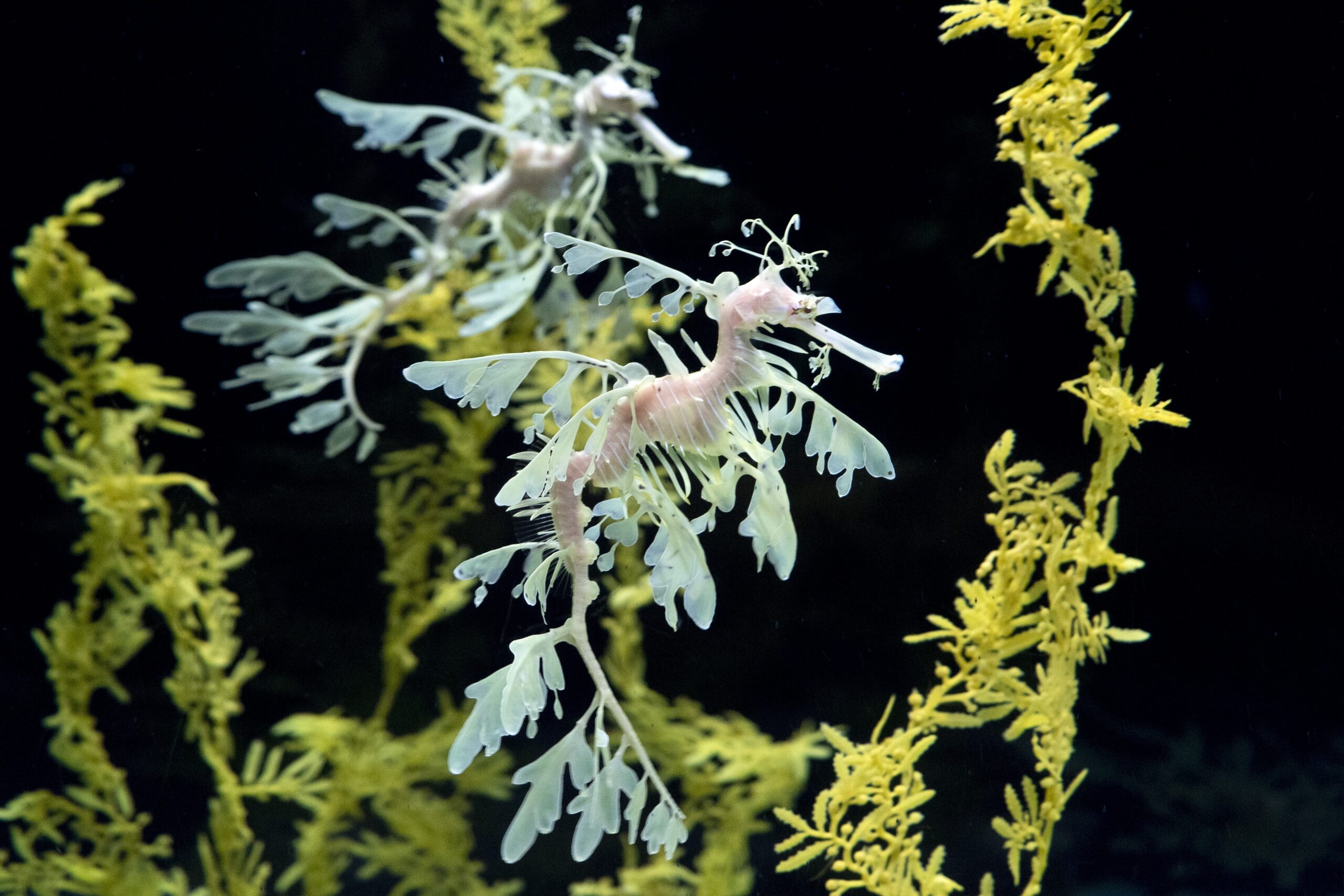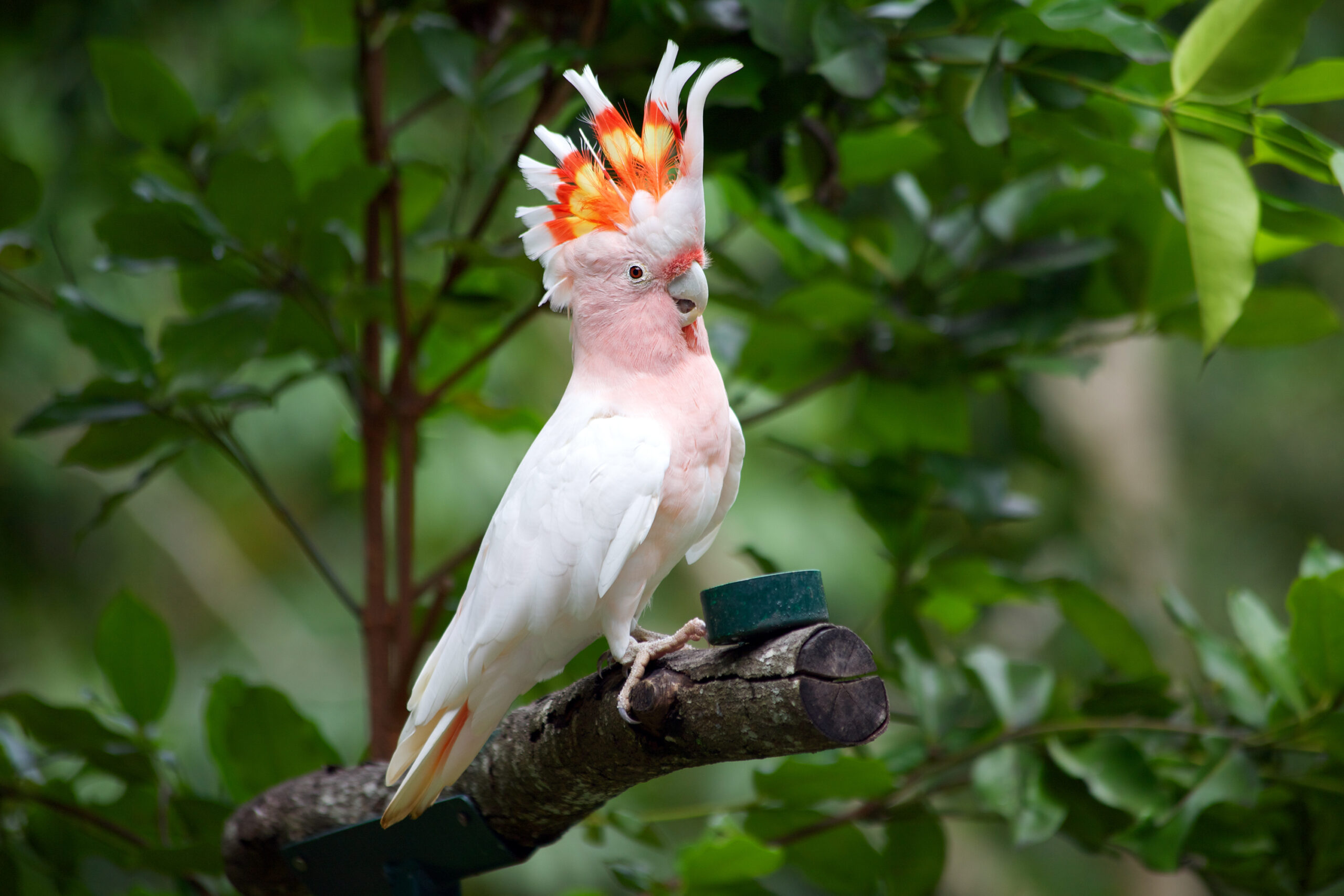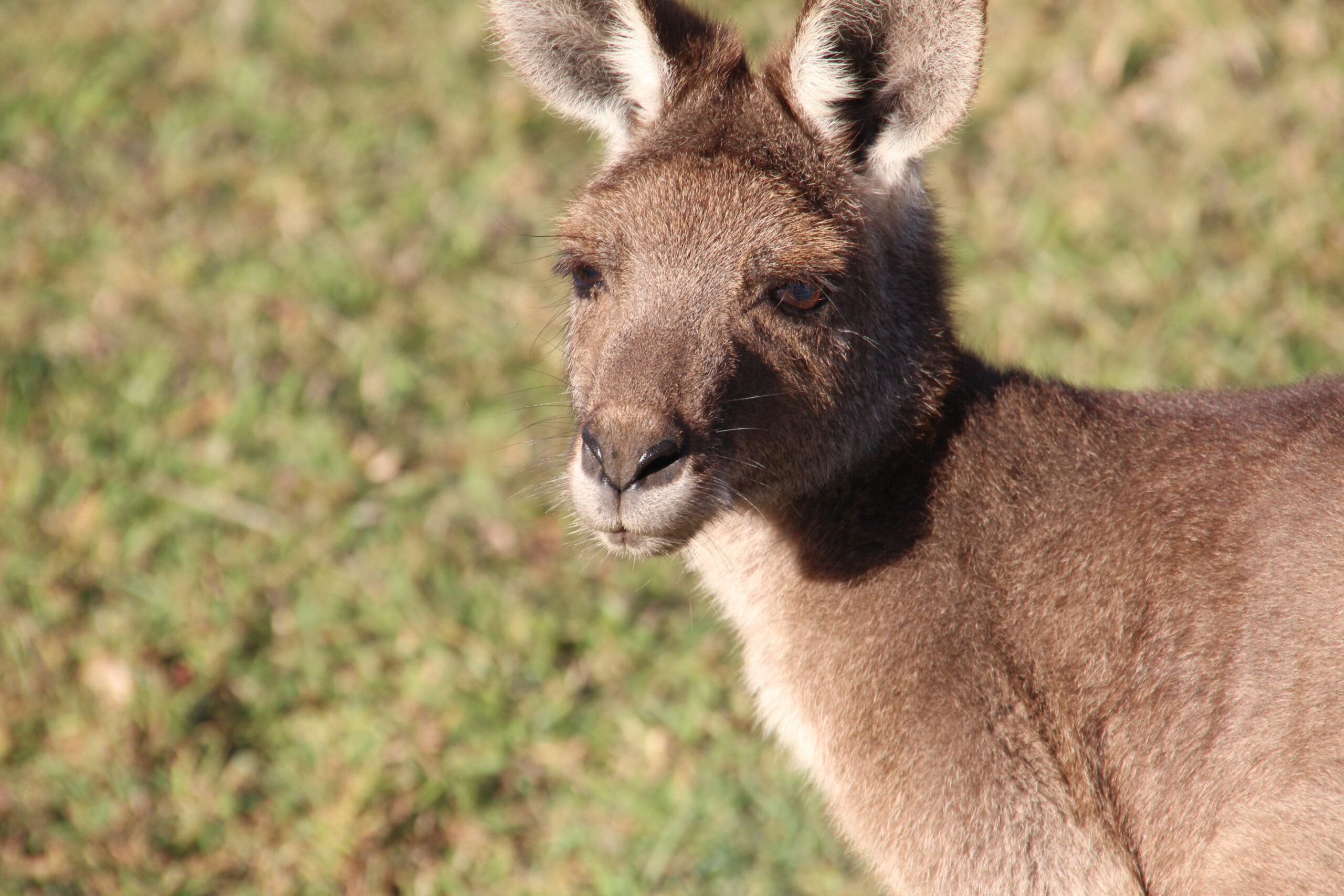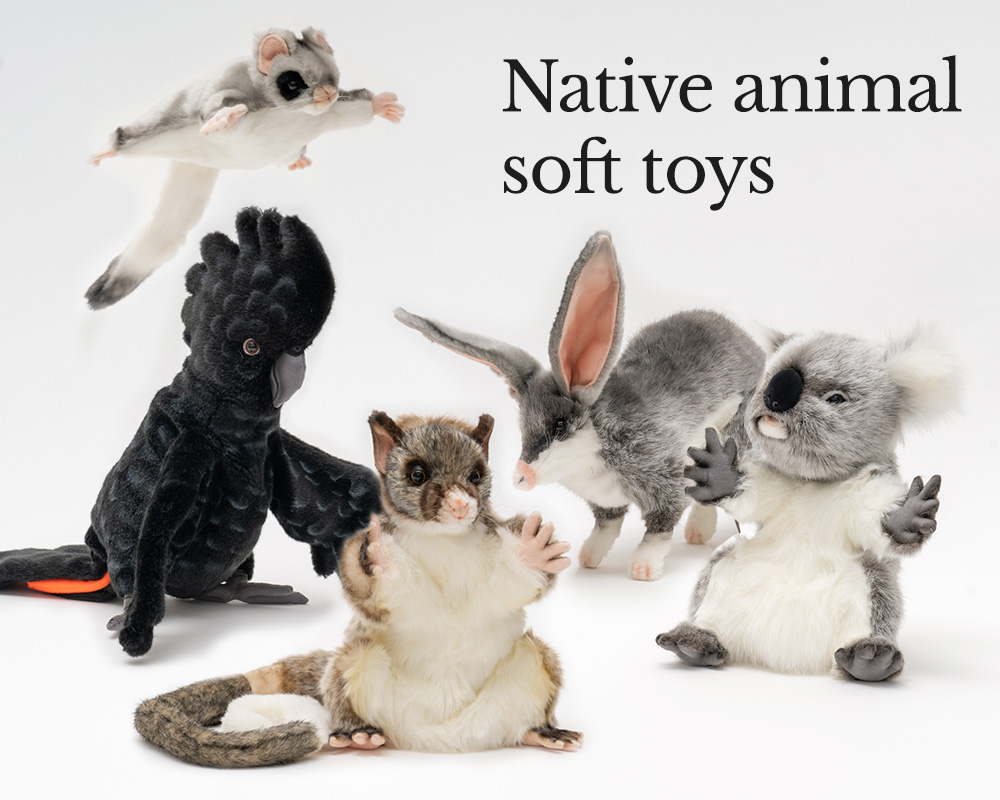| Common name | Eastern grey kangaroo |
| Scientific name | Macropus giganteus |
| Type | Mammalia |
| Diet | Herbivorous, primarily eating grasses |
| Size | Up to 1.5m tall, weighing about 60kg |
This iconic species is one of Australia’s most recognisable, thanks in part to the hit TV series Skippy the Bush Kangaroo, which was watched by audiences across the globe.
The eastern grey kangaroo (Macropus giganteus) is Australia’s second-largest land mammal after the red kangaroo. They are social animals that live together in large mobs of ten or more individuals. Males can sometimes display aggressive behaviour – especially towards rival males. They are sexually dimorphic; males are larger than females and have more muscular chests and forearms.
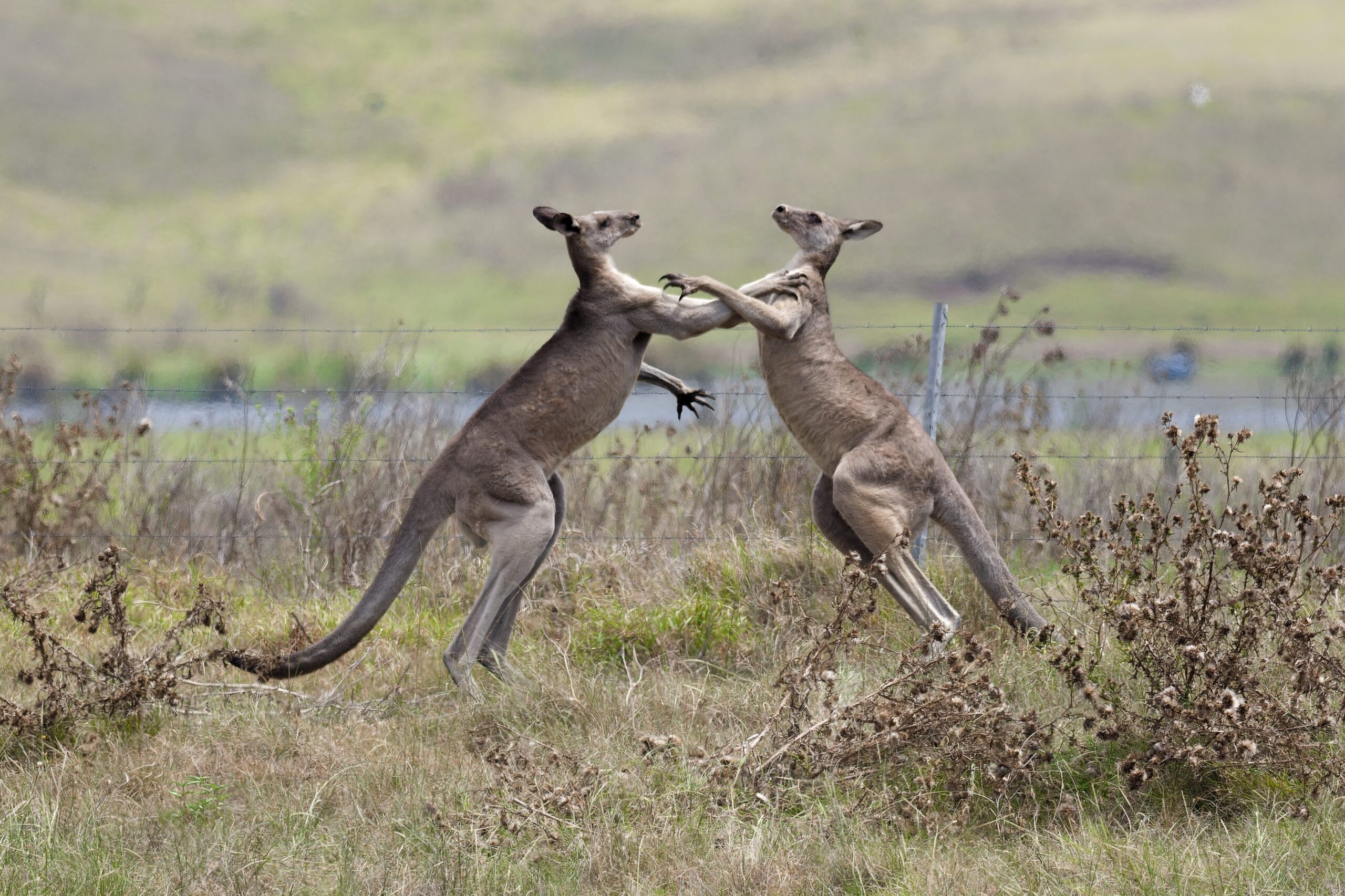
In the daytime, you’ll catch eastern greys snoozing and lounging about in the shade of trees or dense shrubs, before becoming active at twilight or night to graze and forage. Grasses make up the bulk of their diet, especially young green shoots that are less fibrous and easier to digest than dry grass. These herbivores also eat a variety of plants such as herbs and shrubs – and even the occasional fungi.
For millennia, First Nations people across eastern Australia have hunted the kangaroo for its meat and fur. It’s also a totem animal of profound cultural and spiritual significance. The word ‘kangaroo’ comes from ‘gangurru’, the Guugu Yimithirr name for eastern grey kangaroos in Far North Queensland.
Habitat
The eastern grey makes its home in a range of habitats, from woodlands to semi-arid mallee scrub, and farmland areas with remnant bushland.
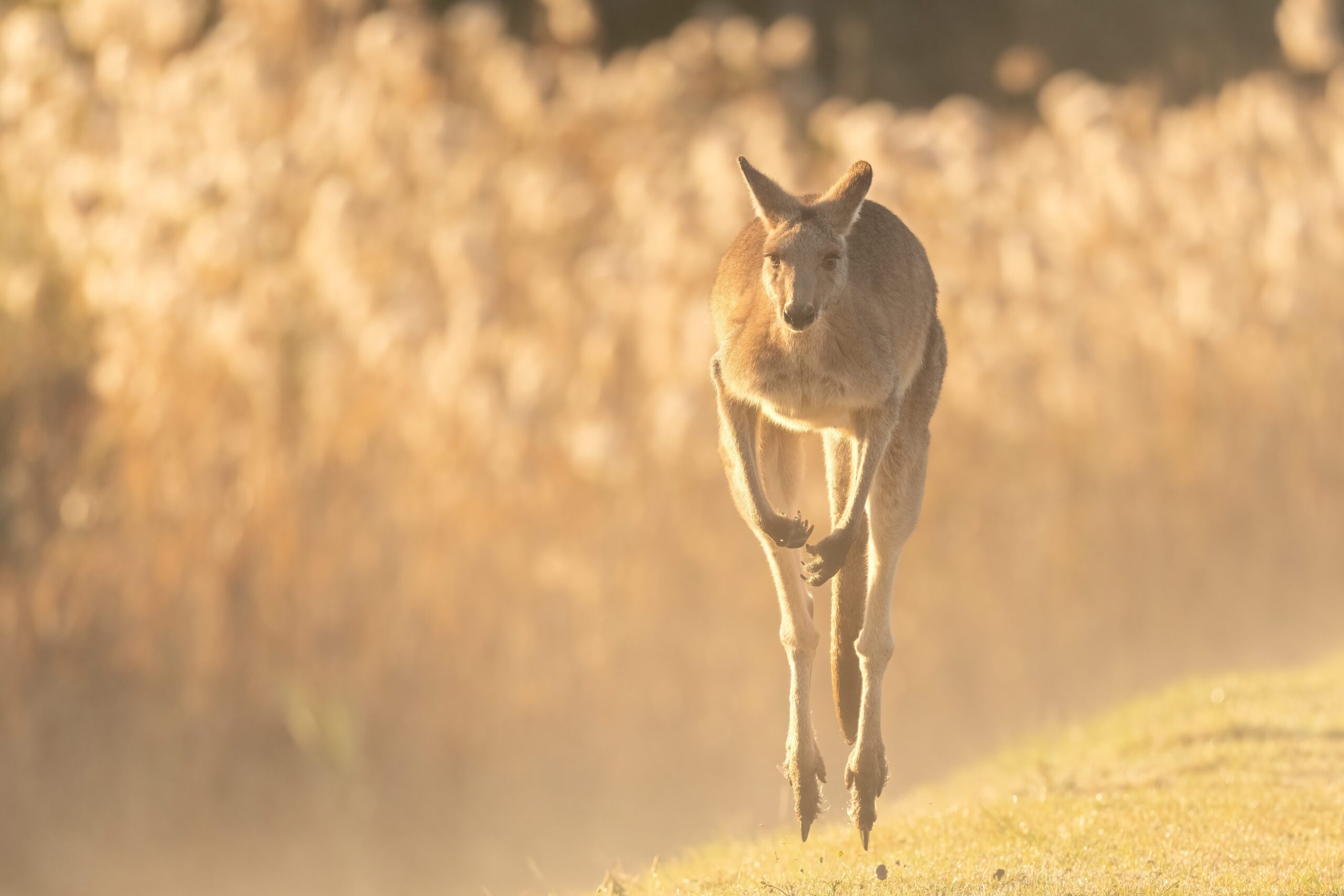
Distribution
It has a near-continuous distribution stretching from Cape York in Far North Queensland down to Tasmania (where it’s a subspecies known as the forester kangaroo). Eastern greys occur at all altitudes, including alpine and subalpine regions.
Conservation status – as at June 2025
The eastern grey kangaroo is not listed as a threatened species under the federal EPBC Act. It is listed as Least Concern by the IUCN Red List of Threatened Species.
Reproduction
This species breeds throughout the year, but most females give birth during summer. ‘Joeys’ are born about 36 days after mating. These jelly-bean-sized young – weighing less than one gram – will climb unassisted into its mother’s pouch, then spend the next nine months suckling. The joey will venture outside its mother’s pouch when it’s about nine months old, but won’t become independent until it’s 18 months old.
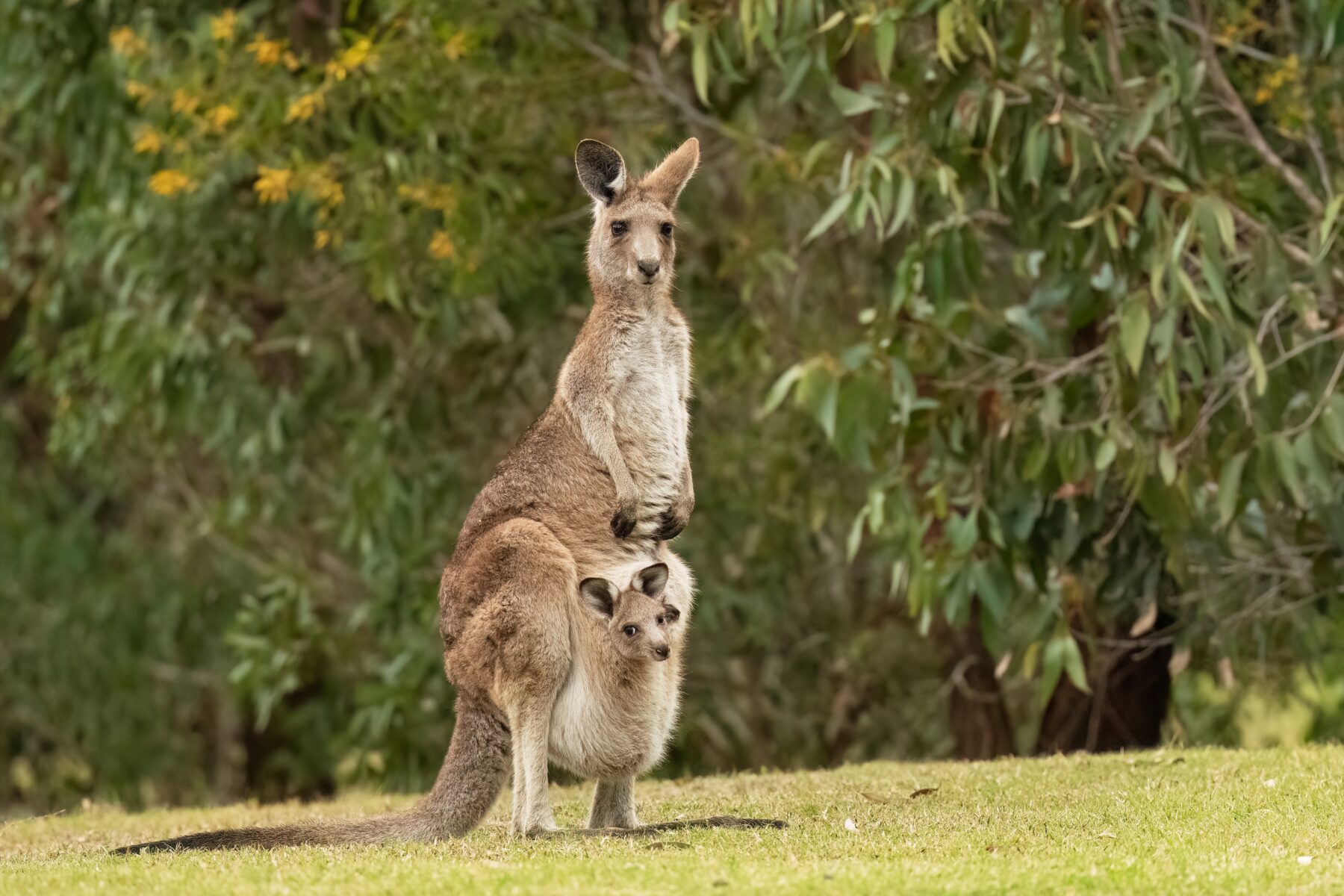
Threats
Eastern greys are one of Australia’s most abundant macropod species, but are impacted by habitat loss and degradation, as well as vehicle strikes and hunting. It’s one of four native kangaroo species that can be commercially harvested or exported, despite being legally protected as a native species.
Fascinating fact
Eastern greys can hop at speeds of 64km/hr.

